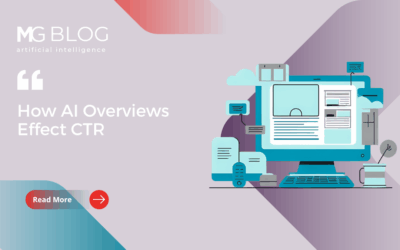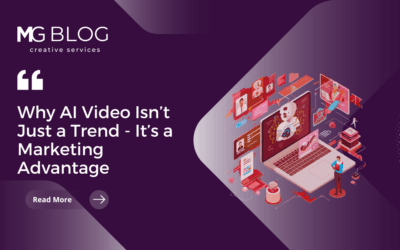
In our previous blog posts, we talked about how to create an effective marketing strategy around 5G innovations and specific PR strategies to get the job done. In this post, we’ll uncover what 5G could mean for the enterprise and how communications service providers (CSPs) can properly communicate these benefits to key users.
When the average consumer talks about 5G, they tend to think of how quickly they’ll be able to upload their next Instagram post. However, what many don’t realize is that 5G holds a lot of promise for a variety of applications and enterprise needs well beyond those of consumers.
Marketers in this industry face major challenges in properly communicating what this next generation of wireless technology is and how enterprises can benefit from it. However, with operators investing up to $1 trillion in 5G networks between 2018 and 2025, industrial users clearly see potential in the new products and services that 5G promises.
The truth is that marketing 5G doesn’t have to be difficult; it just requires a personalized approach. In this article, I will describe a few factors you should keep in mind to market 5G meaningfully to the enterprise user.
Replace myths with clear use cases
5G may have the potential to advance entire economies with lower latency and faster communications, but a few near-term objectives must be addressed in order to market specific use cases. The first is reliability. From private industry to public safety applications, tread cautiously when communicating the benefits of 5G as well as limitations and restrictions that operators may encounter. A central challenge is overcoming losses in data transmission and processing at high frequencies. Another hurdle is managing the large-scale deployment of small cells beyond hotspots and urban areas.
Rather than making sweeping statements on the technology’s potential, develop messaging that creates a clear pathway to success for companies that may lack adequate operational support systems but are highly invested in realizing the benefits of 5G. To build trust and loyalty, make sure that you have information set in place to address how they will price, sell and provision new lines of business.
Your messaging must communicate to potential buyers that 5G disruption is not happening in a silo, but is poised to disrupt the entire supply chain. According to McKinsey, the current status of 5G is similar to the rollout of 3G in the early 2000s. Adoption was initially slow, but early entrants like Apple eventually consumed the entire ecosystem. The lesson here is that if you have the capability to pilot a 5G use case, the time is now to ramp up infrastructure or risk falling behind the competition.
Personalize your approach
Since 5G is just beginning to demonstrate its true potential for the enterprise, potential users will need a clear picture of why it’s a matter of strategic and economic importance. Industries that have been slow to change, such as manufacturing, transportation and healthcare will be especially difficult to reach. Rather than becoming discouraged by leaders who may not see the immediate value of wireless modernization, it’s imperative to put yourself in their shoes when marketing to their needs.
Think beyond email marketing and instead invest in cultivating a community forum for your solutions experts to address the concerns of actual customers. Given the very real fear across many industries that jobs will be lost due to technology, make sure that you are communicating how 5G will help workers accomplish more, rather than replacing their jobs. Personalizing your campaigns and tactics based on industry concerns will win hearts and minds across the organization and, most importantly, those who may be informing the buying decision.
Think long-term
In addition to communicating the promise of 5G for internal operations, CSPs should also market the benefits of always-on communication for aftermarket service providers, app developers and designers. From industrial drones, precision imaging, IoT, mapping and surveying to smart sensors – the direct applications of 5G shouldn’t just be thought of as “nice-to-have,” but rather essential components of meeting increased consumer demand for goods and services. However, only companies with a clear vision and roadmap to execution will be able to harness and reap ROI from 5G.
The cause of slow digitization is often internal strife, rather than a failure to understand technology. And because of that, CSPs should position themselves to address the challenge of embracing digital transformation with 5G. Your decision-maker may be in the C-Suite or a middle manager. The trick to establishing an “in” is to empathize with the practitioners on the ground. Are you engaging with a startup or a legacy organization? What aspect of 5G may be difficult for operators to grasp? Are they consulting trade publications or relying on social media and word of mouth to purchase new equipment?
The questions you need to ask will depend on the industry you are selling to, especially when dealing with a startup versus a legacy organization. Staying tuned in to these nuances will help your marketing team develop customized content that shortens the path to achieving your 5G marketing goals.
Interested in refining your strategy around 5G marketing for the enterprise? Contact us to find out how we can help.



